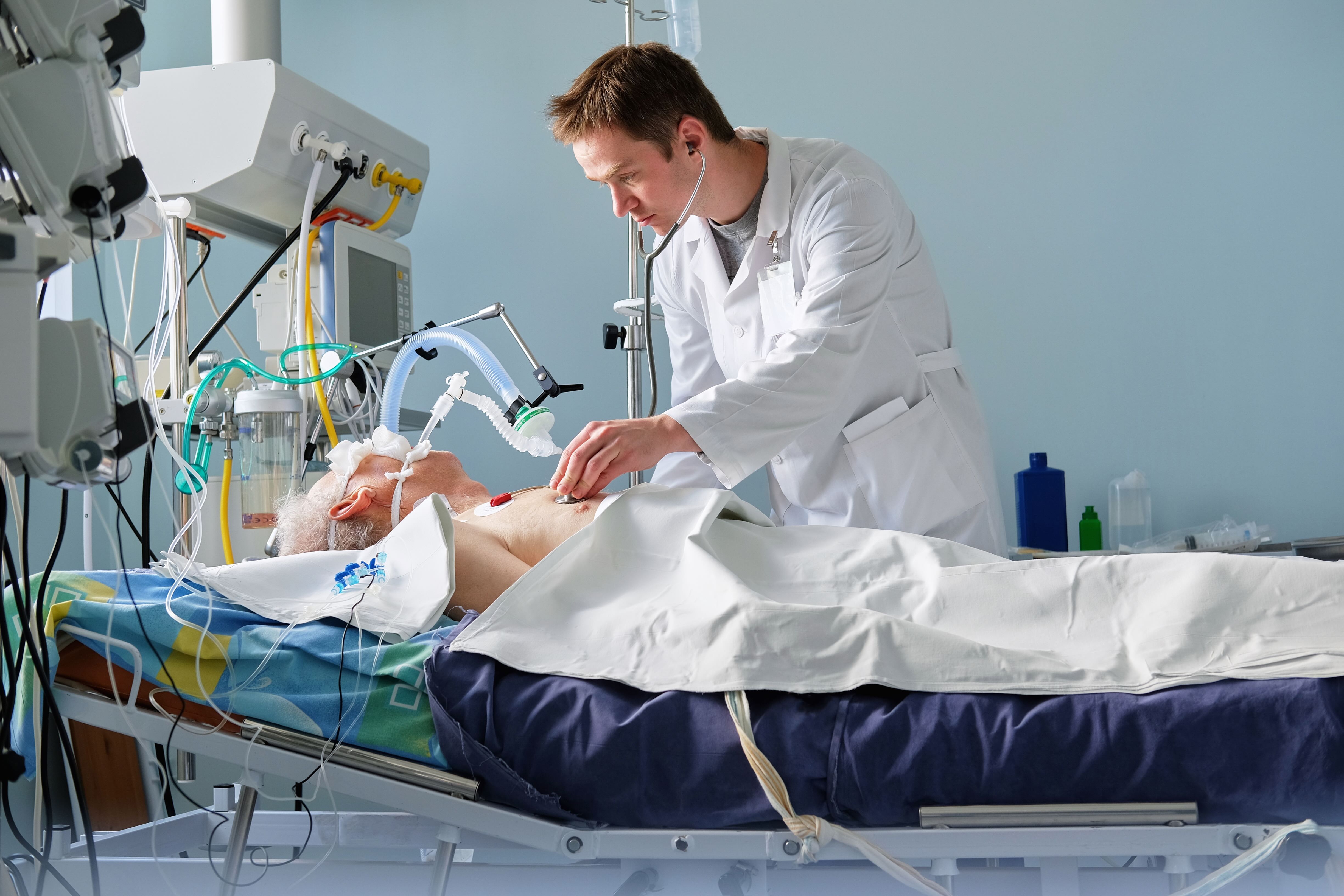Every year, millions of patients worldwide suffer from a severe respiratory impairment known as ARDS (Acute Respiratory Distress Syndrome). All of these patients need mechanical ventilation. Fine-tuning ventilator settings is a very delicate task because each patient is different. Their lungs are highly individual and suffer damage easily from inadequate settings, which significantly contributes to mortality (40%) and long-term morbidity. On top of that, the lung is a black box: mechanical effects of ventilation cannot be observed directly. They can only be estimated in a very coarse, indirect and qualitative manner. Therefore mechanical ventilation is a rare expertise of few select physicians and therapists.

We will provide physicians and therapists with personalized health intelligence that for the first time establishes the causal connection between ventilator settings and their effect on the individual patient’s lung: the missing link to make ventilation quality reproducible anywhere at any time. Our health intelligence service follows a highly time-efficient and automated sequence of key steps. Integrated into clinical IT and processes, the service works as follows:

Extraction of patient-specific anatomy and pathologies from routine imaging for immediate, so far unavailable insights into the lung
Model the interplay between breathing, airflow, and tissue mechanics to generate mission-critical health intelligence
Systematic assessment of lung-ventilation interaction by means of biomechanical quantities of the physics-based lung model
Provision of directly actionable intelligence at the bedside to be considered in clinical decision-making processes
Our digital twin technology is based on two decades of ground-breaking R&D of co-founder Prof. Wolfgang A. Wall, PhD at his internationally renowned Institute for Computational Mechanics at TUM, Germany. Spanning dozens of peer-reviewed, international, disciplinary as well as interdisciplinary journal publications, it uniquely combines extensive knowhow and experience gathered from experimental tissue testing, in fluid and solid mechanics, numerical methods, lung physiology, image processing, and statistics/machine learning.


Patient: Reduced risk of ventilator-induced lung damage with possible effects on ventilation time and outcome
Providers: Better patient outcome and improved staff performance save cost and increase throughput
Physicians & therapists: intelligence reports that make ventilation treatment faster, safer, and more effective
Payors: Better population outcome leads to healthcare savings because mechanical ventilation is one of the most cost-intensive procedures